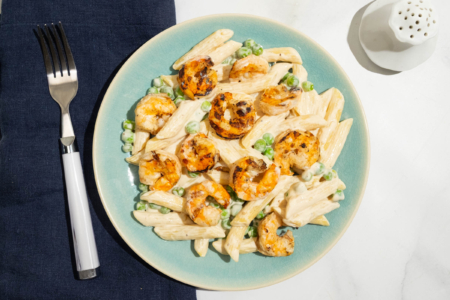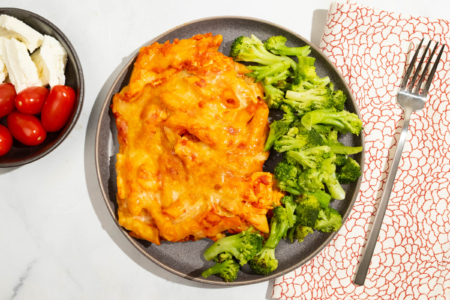The fuzziness of the outer layer and the sweetness of the flesh makes peaches a perfect summer fruit. There are many varieties of peaches and different ways to use them. Read on to find out the differences between varieties and the best ways to utilize each juicy type.
History
Peaches originated in China and then spread to Asia, the Mediterranean, and later to other parts of Europe. This fruit has been cultivated in Mexico as early as the 1600s when Spanish explorers brought peaches to the Americas. Early cultivation methods utilized seedlings, which were not of the best quality. Today grafting of superior strains has led to the development of large peach orchards with quality fruit.

Types and Flavors of Peaches
There are various types of peaches that you will find in your nearby grocery stores or farmers’ markets, and each type has a distinct flavor.
1. Freestone Peaches
Freestone peaches are widely available in grocery stores. These can have white or yellow flesh and tend to be larger compared to other peaches. Freestones are sweet and juicy in taste with a pit that is easy to remove. With their easy to remove pits, Freestones make fantastic cooking peaches.
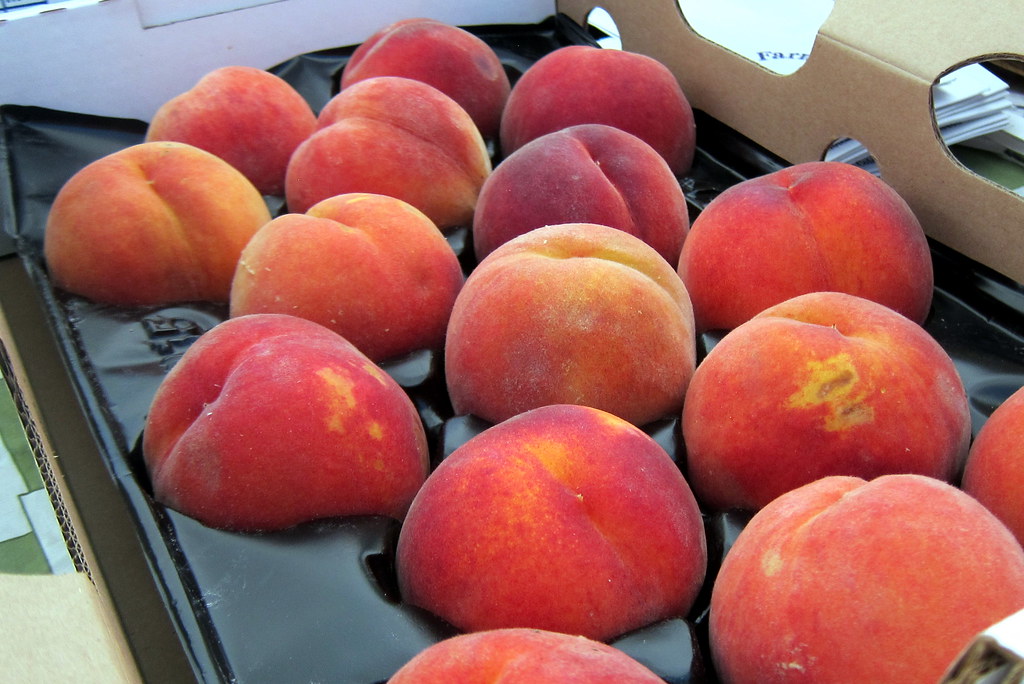
2. Clingstone Peaches
Clingstone peaches are sweeter and juicer than Freestone peaches. Like Freestone peaches, they too can have white or yellow flesh. They are not easily found in grocery stores but you can find them in farmer’s markets. This type of peach is not often used in cooking because the pit is attached to the flesh and therefore is a little difficult to remove. Clingstones are great for eating out of hand.
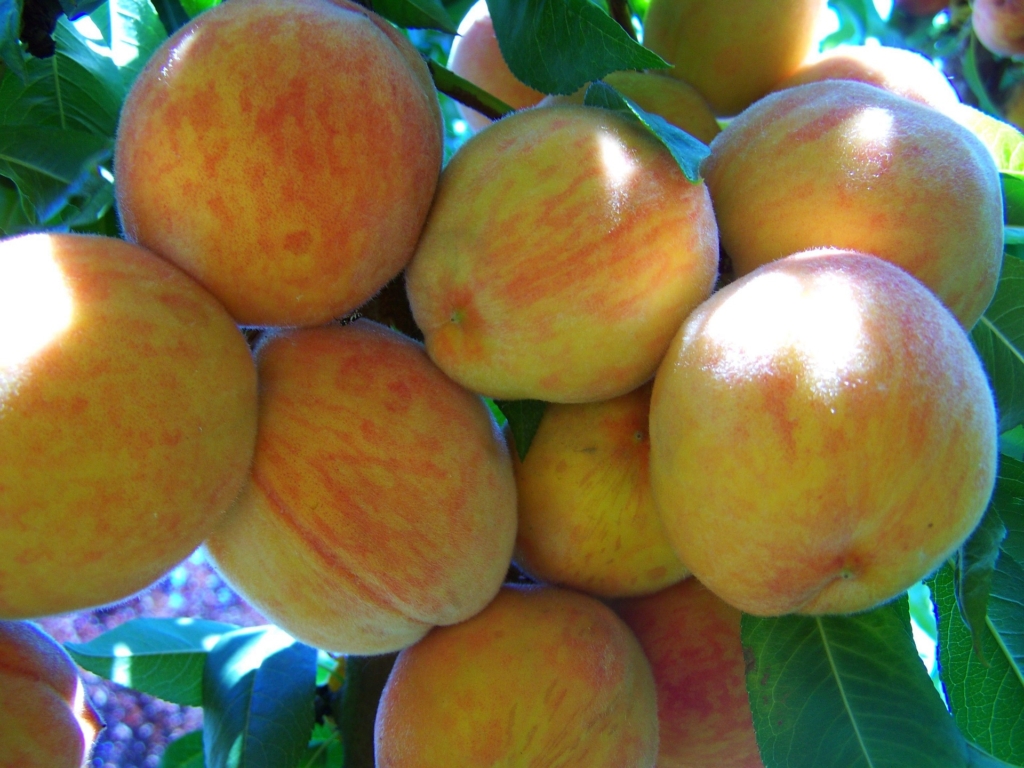
3. Semi Freestone Peaches
This is a hybrid variety between Freestone and Clingstone peaches. The seed is easily removable in these peaches, but they are sweet and have a juicy flavor. The best of both worlds!

4. Donut Peaches
These peaches are oblate in shape just like a donut. They are rich in fiber, potassium, vitamin C, fluoride, and iron. These peaches are tender and rich in flavor and ideal for eating out of hand.
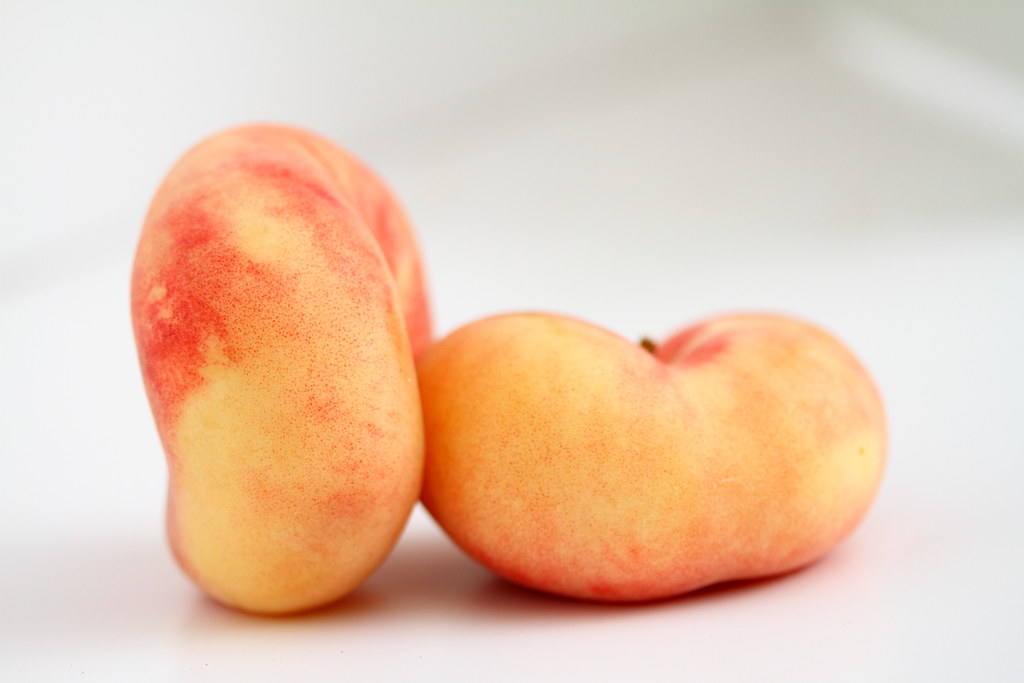
Health Benefits of Peaches
Peaches are packed with nutrients like iron, potassium, fiber, Vitamins A, E, K, and C, copper, and manganese. They also aid in digestion due to their high fiber content. Peaches also promote heart health and lower cholesterol levels in the body.
Peaches also keep your skin healthy, retaining its moisture and improving skin texture. Peaches are also found to have some anti-cancerous properties. Peaches are also beneficial in reducing allergy symptoms by increasing the release of histamines in the blood which helps the body in getting rid of the allergen.
Culinary Benefits of Peaches
A peach is a very versatile fruit and can be used to make a lot of different styles of dishes. Some commonly known peach dishes include peach pies, peach muffins, and peach cakes. Want to try your hands on a peach shortcake? Try out this delicious recipe.

Smooth and sweet, peach jam can be applied to bread making for a delicious snack or breakfast. Peach pancakes also make a perfect start to your day. Add finely chopped pieces of fresh peach to your pancake batter before cooking.
You can relish a peach sangria on a hot summer afternoon or churn it to make a syrup-like paste. This would be a delight with the ice cream of your choice! Want to add some fun to plain vanilla ice cream? Grilled peaches topped with melted butter and cinnamon make the perfect accompaniment to cool, creamy vanilla ice cream.

Peaches are also very commonly used in making tarts using freshly cut peach slices with butter and brown sugar.
Peaches are multipurpose ingredients that can be used to make savory dishes too. Many restaurants serve peach glazed chicken which has a very fresh and flavorful taste to it. At home, try adding peaches to your next salad for a juicy fresh bite. Like apples, peaches taste great paired with pork. Try out this mouth-watering recipe that showcases peaches and pork.
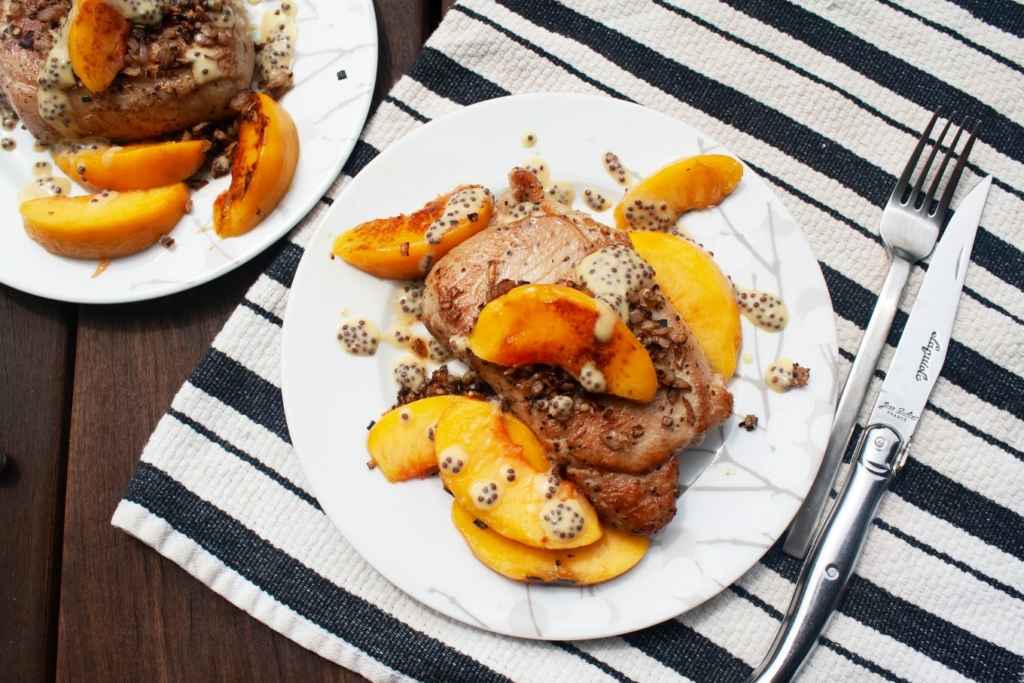
Buying and Storage
You can press the outer skin of the peach to determine if it is ripe. If you press the skin and it feels soft it means that it is ripe. Be careful to not buy a peach that is too soft. It means that it’s overripe or damaged.
If your peach feels too firm, leave it on your countertop for 1-3 days. Ripe peaches stay fresh at room temperature for about one week. You can also freeze or refrigerate your peaches to extend their shelf life.
Feature Image: Gerhard G. from Pixabay


